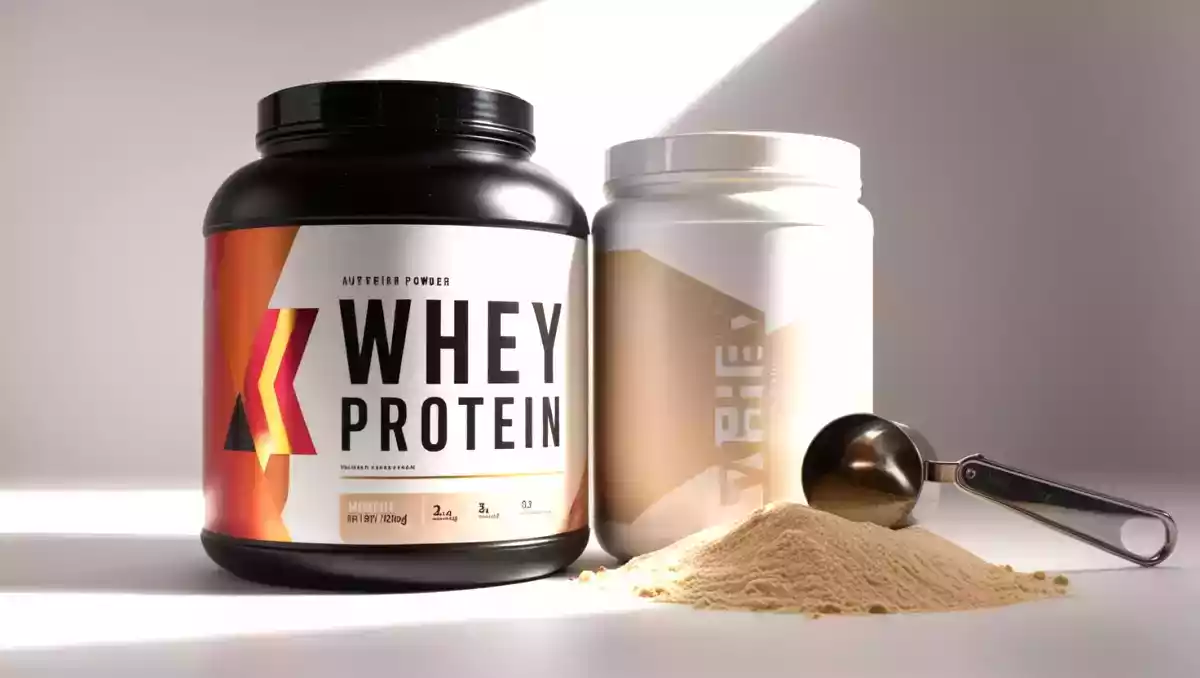Whey protein: is it really good for you? Find out benefits, risks, and how best to use them!

Whey protein, are among the most loved and used supplements not only by athletes and bodybuilders, but also by those who want to take better care of their diet. Often associated with muscle growth, the Whey actually hide many other benefits--but also some contraindications that should not be underestimated.
If you're wondering what they're really for, how and when to take them, or what foods to combine with them to get the most out of them, you're in the right place: in this article we shed light on everything you need to know about Whey protein in a simple, practical, and comprehensive way.
What is Whey protein?
Whey proteins are the proteins found in whey, a liquid by-product from cheese production. They are considered high biological value proteins because they contain all 9 essential amino acids and are highly digestible. They are divided into three main categories:
- Whey concentrates: contain about 80% protein, with small amounts of lactose and fat.
- Whey isolate: over 90% protein, with almost no lactose.
- Whey hydrolyzed: pre-digested, easier to absorb.
Source: Harvard T.H. Chan School of Public Health
What is the purpose of Whey protein?
Whey protein is not just a gym supplement, it is a true ally for wellness and fitness. Let's discover their main benefits together:
- Muscle growth: they stimulate protein synthesis due to the presence of leucine, a key amino acid for muscle hypertrophy.
- Post-workout recovery: they reduce recovery time and muscle damage after intense efforts.
- Weight control: they increase satiety and may help in maintaining lean mass during weight loss.
- Immune system support: contain immunoglobulins and lactoferrin, which are useful for strengthening defenses.
Source:National Institutes of Health - Office of Dietary Supplements
What to eat along with protein powder?
Whey protein is most effective when combined with other foods, chosen according to the time of day and personal goals, such as muscle growth, recovery, or weight loss. Because every body is different, the support of a nutritionist for proper use is always advisable. Here are some simple and versatile preparations you can make with protein powder:
- Protein shakes: with fresh fruit, milk or vegetable drinks, seeds and a serving of Whey protein.
- Porridge or overnight oats: fortified with a dose of protein for an energetic and satiating breakfast.
- Protein pancakes or waffles: ideal for breakfast or a sweet but nutritious snack.
- Homemade bars: combine protein, peanut butter and oatmeal for a convenient snack.
- Protein desserts by the spoonful: such as chocolate mousse, pudding or yogurt fortified with protein powder.
- Light pastries or muffins: for those who want to indulge in a sweet treat without sacrificing nutritional balance.
- Energy balls: protein balls to be made with dates, dried fruit, coconut and Whey.
What are the contraindications of Whey protein?
Although Whey proteins are generally considered safe and well-tolerated, it is important to know some possible contraindications before introducing them into one's dietary routine:
- Lactose intolerance: concentrated versions can cause gastrointestinal upset.
- Kidney problems: in individuals with pre-existing kidney dysfunction, excess protein may aggravate the situation.
- Overdose: excessive intake can lead to digestive disorders, dehydration or nutritional imbalances.
- Allergies: if you have an allergy to milk protein, it is best to avoid it altogether.
Bottom line: whey yes or no?
Whey protein is a valuable support to enrich the diet, stimulate muscle growth and promote faster recovery after physical activity. However, as with any supplement, it is important to evaluate its intake based on your personal needs and health condition, preferably with the support of a professional.
You might also be interested in:
 Daniele Mainieri
Daniele Mainieri


Comments